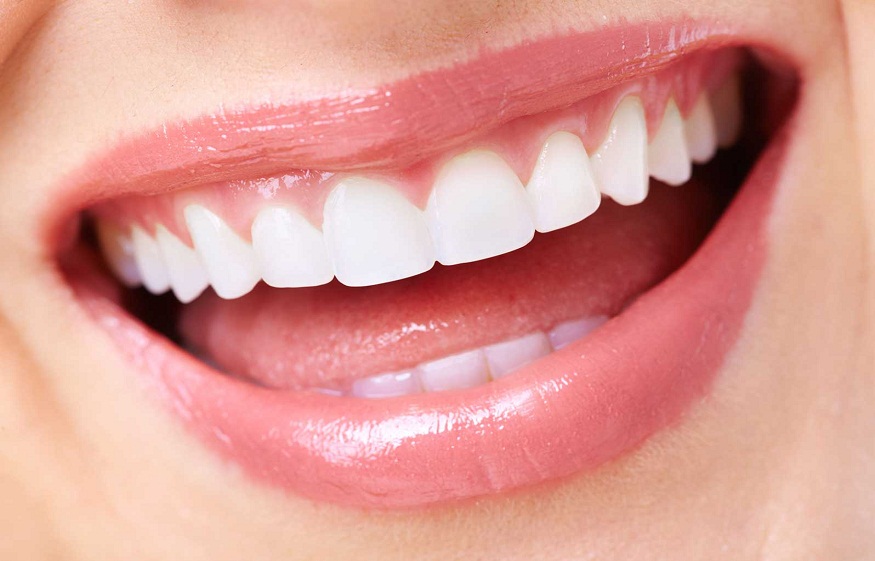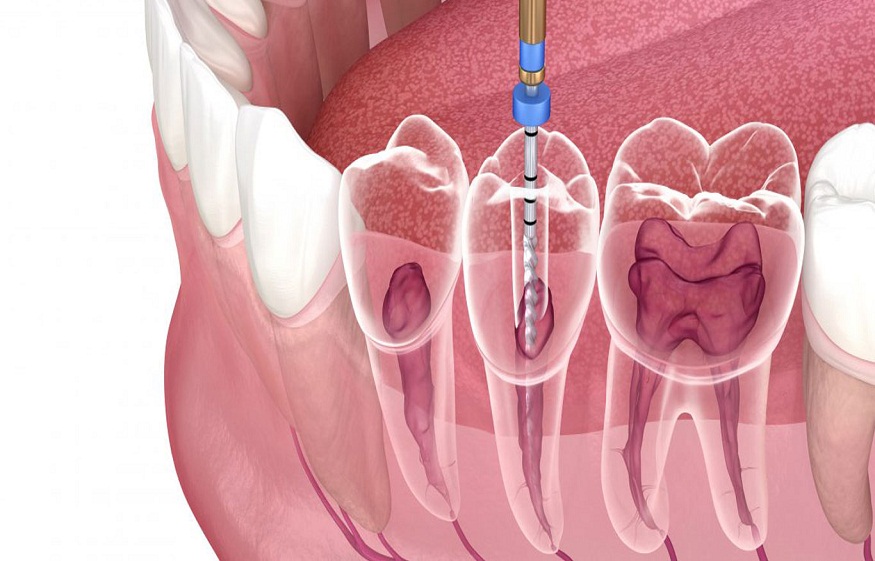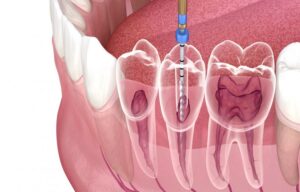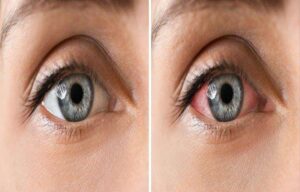Dental veneers: opt for a new smile!
Having a beautiful smile is something everyone dreams of. Well, there is a solution: dental veneers. This procedure is easy to do and particularly effective.
Rediscover the pleasure of smiling thanks to veneers
Smiling should always be a pleasure and it’s a shame to deprive yourself of it because you don’t like your teeth enough. Fortunately, it is possible to get dental veneers so you can smile with all your teeth without any complexes.
Dental veneers: what are they?
A veneer is a ceramic prosthetic device with an aesthetic objective. It can be used to restore perfectly white teeth, to hide a defect such as a broken tooth, with stains, or blackened after an impact. The veneer is in the form of a shell and measures between 0.6 and 0.7 mm thick. It is glued directly to the tooth, on the side visible when speaking, eating or smiling. This is an increasingly widespread treatment. Generally, all the teeth of the upper and lower jaw that are visible when the mouth is open will be treated.
Veneer fitting, an irreversible treatment
To put veneers, the dentist will have to cut the teeth and remove the layer of enamel so that the glue adheres and they can be permanently fixed to the teeth. Even if they are less cut than for a crown, the disappearance of the enamel requires that the teeth remain covered afterwards. Indeed, without this protective layer, they are more sensitive to attacks from bacteria and food. The installation of veneers is therefore permanent and will require replacing them if they come off, for example, so as not to leave the teeth bare.
Dental veneer placement
What are the contraindications to veneer placement?
As with all dental treatments, there may be risks in certain cases. These are called contraindications that can complicate or even make the procedure impossible.
Unhealthy teeth
The first thing is that the teeth must be perfectly healthy. That is to say without cavities, tartar or any other infection. Before proceeding with the cutting of the teeth and the installation of the veneers, the practitioner will check the condition of the mouth and will carry out the necessary care so that the teeth are suitable to receive the ceramic shells. It is also essential to have good oral hygiene and to brush your teeth well two to three times a day for at least 3 minutes.
contraindication to the installation of dental veneers
Bruxism
People with bruxism tend to contract their jaws, which causes abnormal pressure on the teeth and painful contractions in the muscles and joints. In the case of so-called dynamic bruxism, the person will make lateral movements of the jaws and this often leads to grinding of the teeth. These movements can then damage the veneers, and file them down. It will be recommended to carry out treatment to relieve bruxism, and to wear splints at night because this is the time when the grinding of the teeth is the most important.
How are dental veneers fitted?
For a successful veneer placement, a precise protocol must be followed, even if the placement itself is quite simple. Let’s see how to place dental veneers and the necessary steps.
1st session: definition of the aesthetic project
To begin with, during the first appointment with the dentist, the patient explains what he wants. The practitioner and he then see what is possible to do according to the condition and arrangement of the teeth. Casts of the teeth are made so that the dentist can design veneers adapted to them. This is also when the color of the veneers is chosen. If necessary, scaling or care will be carried out or planned.
2nd session: tooth size and fitting of temporary veneers
To get a preview of the final result, the dentist will place temporary prosthetic devices. The patient can thus test the sensations with the veneers, to see if he tolerates them well. This allows adjustments to be made so that the dental veneers are perfectly adapted to the patient’s teeth.
3rd session: the final installation
While dental veneers are widespread and increasingly common, the final procedure is lengthy. It usually takes between 30 minutes and 1 hour for each tooth because the veneers need to adhere well to the teeth with the glue used. Local anesthesia is used for the patient’s comfort.
While dental veneers are an easily accessible procedure, they are permanent. You must therefore choose your practitioner carefully to be sure of obtaining quality care and an aesthetic result.












Post Comment
You must be logged in to post a comment.